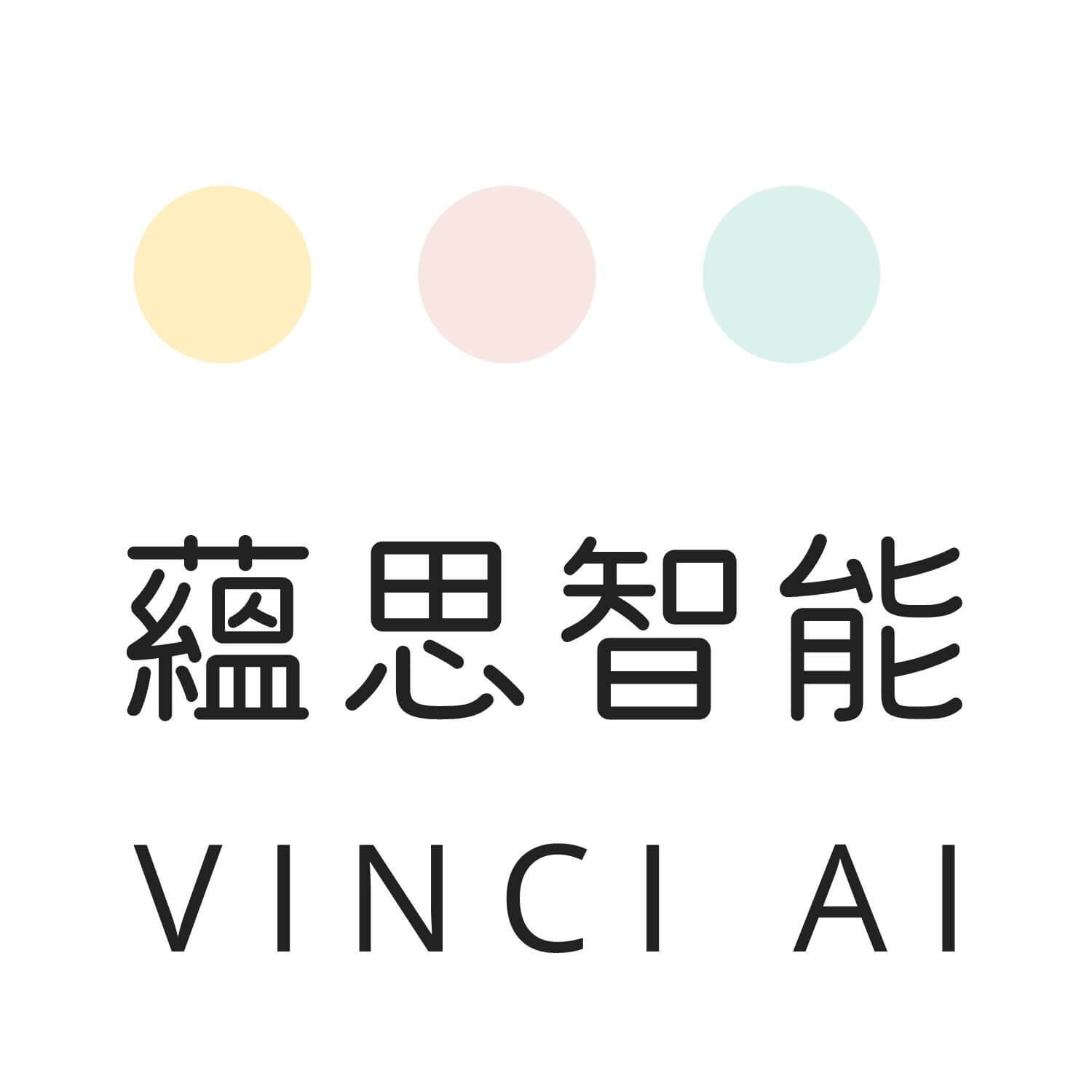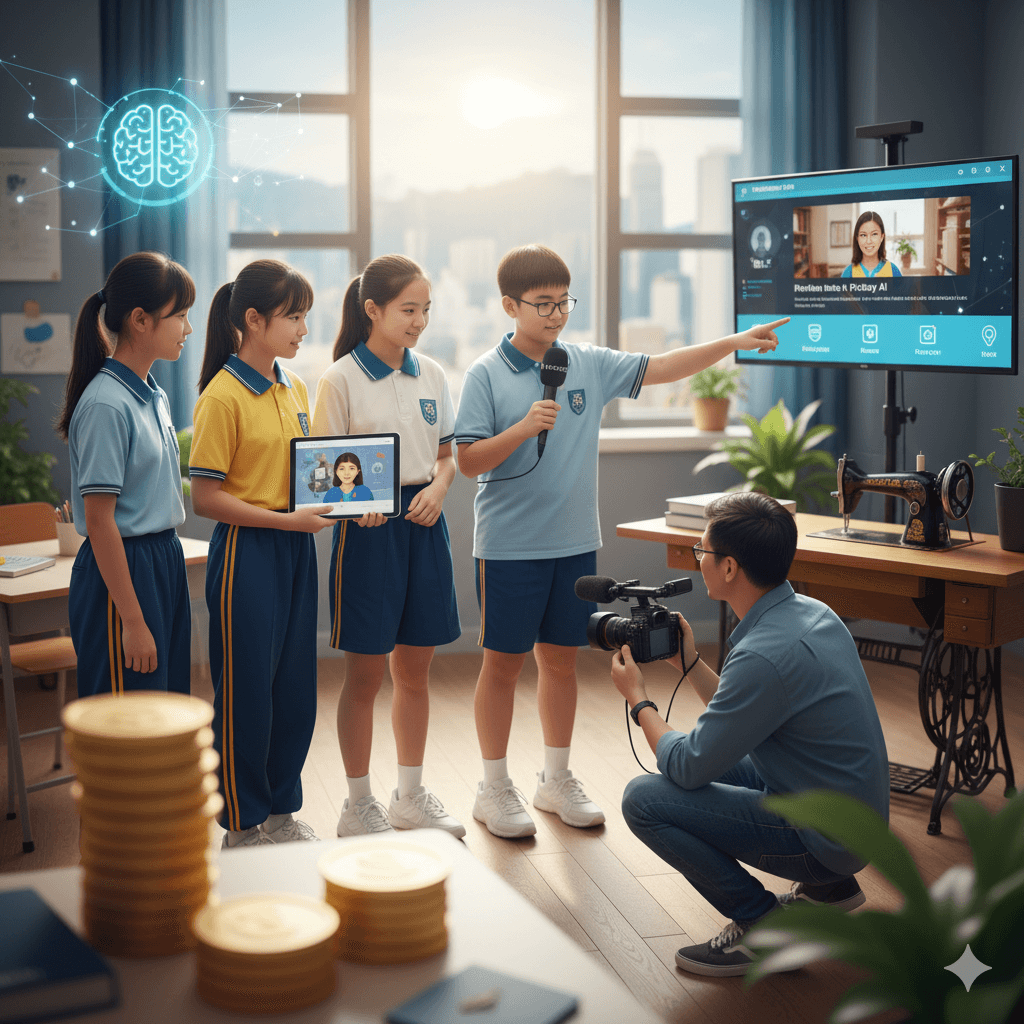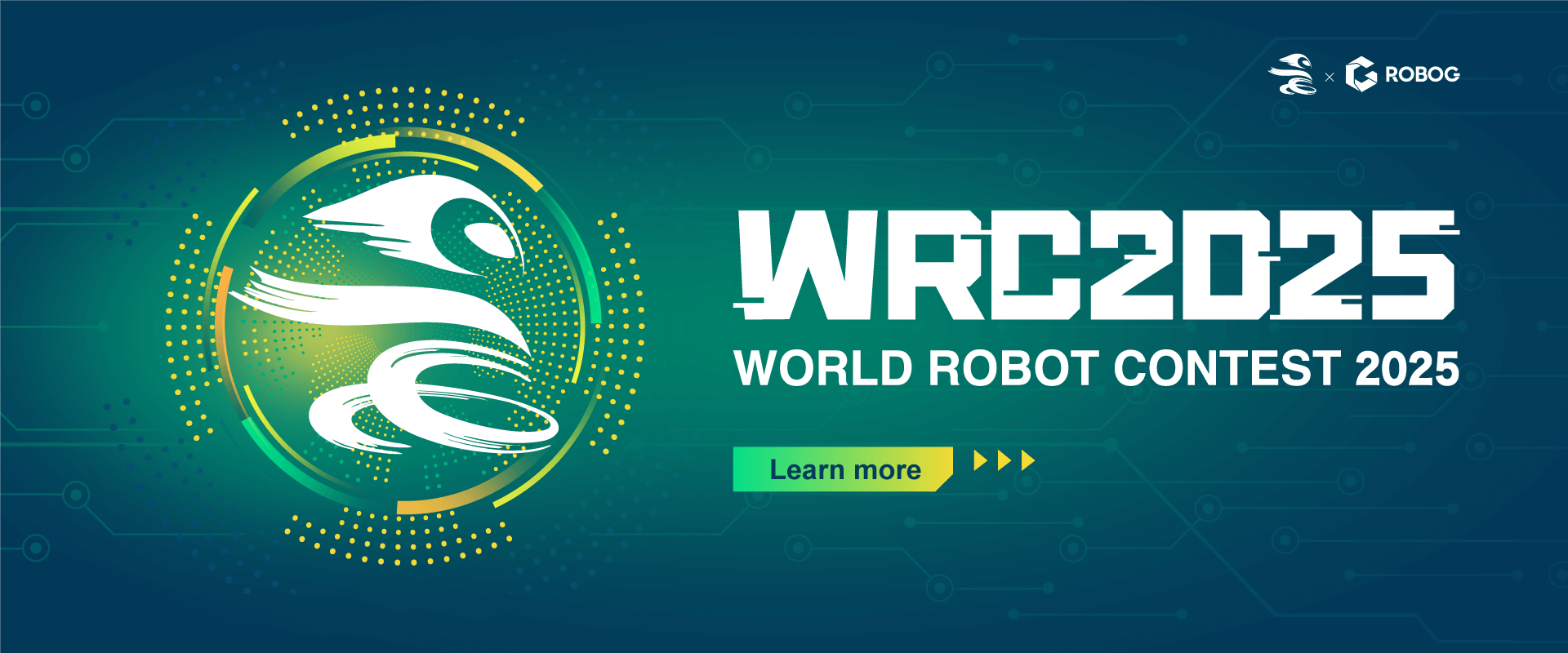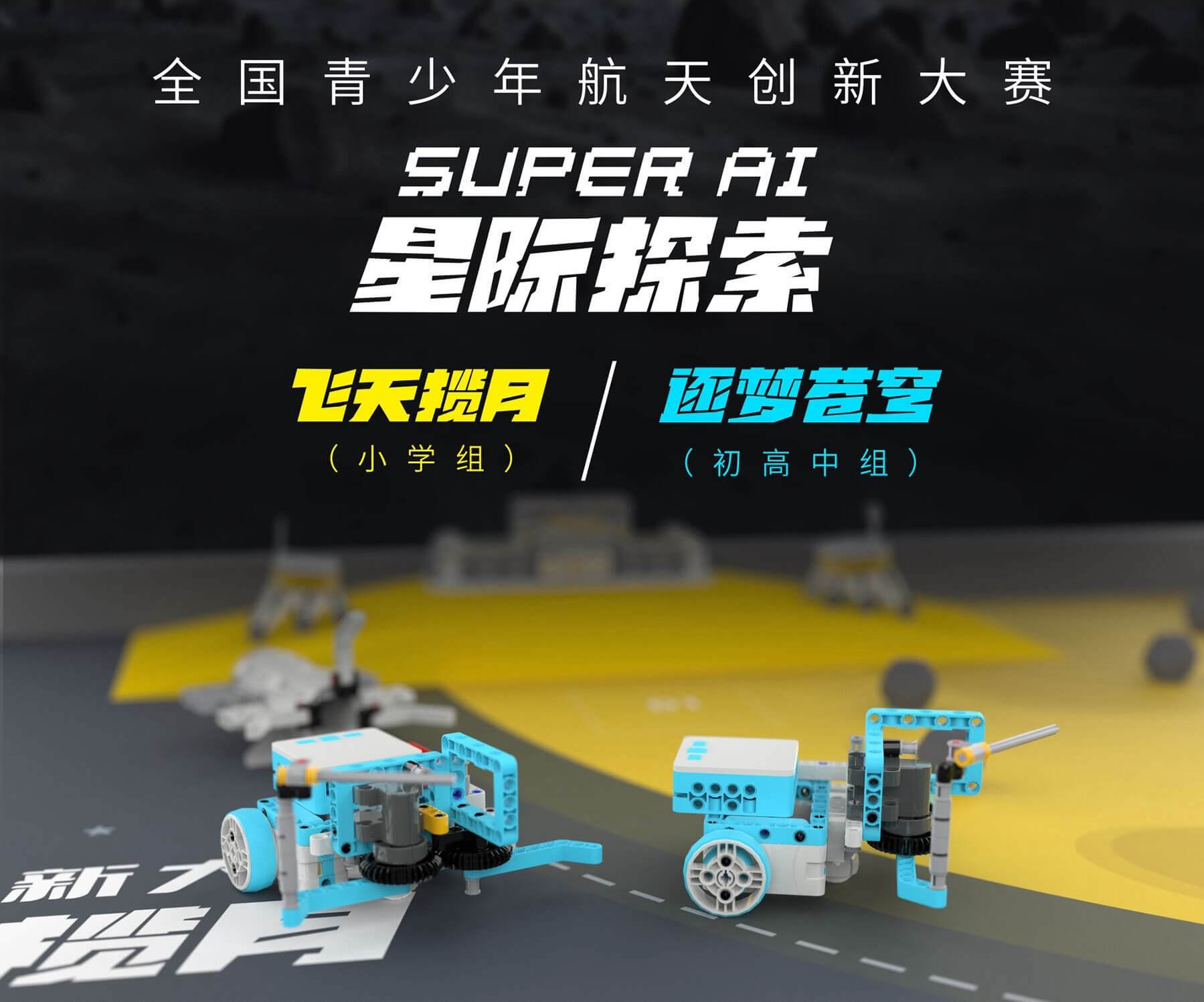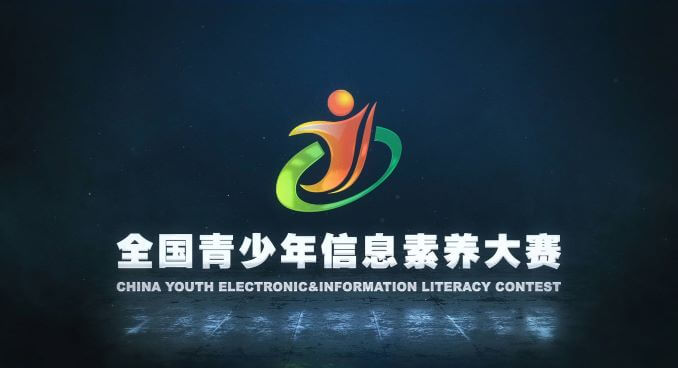STEAM education is an innovative teaching method that combines the learning of science, technology, engineering, art and mathematics.
The goal of this education model is to develop students' innovative thinking and prepare them to face challenges in the 21st century workplace.
In this article, we will take a comprehensive look at the meaning and importance of STEAM education and explore how it affects students’ learning experience.
Whether you are an educator, parent, student, or someone interested in innovation in education, you will find useful information in this article.
The definition and components of STEAM education STEAM education is an interdisciplinary teaching method. It combines Science, Technology, Engineering, Arts and Mathematics, allowing students to apply knowledge and skills from these fields when solving problems. The goal of this teaching method is to develop students' innovative thinking and critical thinking skills. Through hands-on learning and project-oriented teaching, students learn theoretical knowledge in practical applications and apply this knowledge to solve real-world problems.
Table of contents:
1. From STEM to STEAM: Integration of Art
2.The importance of STEAM education
3. The role of practical learning in STEAM education
4. Global perspective and trends of STEAM education
5. Design Hong Kong STEAM learning classroom
1. From STEM to STEAM: Integration of Art
STEM education, the abbreviation of science, technology, engineering and mathematics education, is an education model designed to cultivate students' innovative thinking and problem-solving abilities. However, as the field of education continues to develop, educators and researchers have begun to realize the important role that art plays in students' learning process. Therefore, they began to integrate art elements into STEM education, forming STEAM education, which is a STEM education model that adds art elements.
Integration of artNot only does it give students the opportunity to be creative in their studies, but through creation and performance, they can better understand and absorb the knowledge they have learned. In addition, through art, students can think and analyze from different perspectives when solving problems, cultivating a more comprehensive and diverse way of thinking. Therefore, STEAM education is regarded as a more comprehensive and forward-looking education model that helps cultivate students' creativity and critical thinking.

2.The importance of STEAM education
STEAM educationThe importance cannot be ignored.
STEAM education encourages students to explore, innovate and think critically, which are skills needed in the 21st century workplace.
1. interdisciplinary learning: STEAM education combines different disciplines, such as science, technology, engineering, mathematics and art, allowing students to explore and solve problems from multiple perspectives. For example, a STEAM project might require students to design and build a solar power system, which requires them to combine mathematical calculations, scientific principles, engineering skills, and artistic design to complete.
2. Practical Application: STEAM education emphasizes applying learning to real-world situations. For example, a STEAM project might require students to design a city's transportation system, which necessitates applying mathematical knowledge to optimize traffic flow, using engineering techniques to design roads and traffic signs, and considering artistic elements to beautify the cityscape.
In addition, STEAM education also helps develop students' teamwork and communication skills, which are indispensable skills in modern society.
Finally, STEAM education can also stimulate students' curiosity and spirit of exploration, allowing them to remain enthusiastic about learning.
3. Some examples of STEAM education
STEAM activities seamlessly integrate a variety of subjects into an enjoyable educational experience. Whether building new structures out of LEGO bricks, integrating technical aspects with art projects, or programming interactive programs to unlock the world of technology, these activities provide a dynamic platform for hands-on exploration.
The following isSTEAM educational activitiesexample:
Make a Water Rocket – Explore the Principles of Physics
In this activity, students will use plastic bottles to make simple water rockets. In the process, they can not only practice it, but also learn the basic physical principles of rocket launch, such as propulsion, buoyancy and the law of conservation of momentum. Through hands-on experience, students will gain a deeper understanding of relevant physics concepts.
Math games and puzzles
This session includes a series of fun math puzzles, board games, and hands-on activities involving counting, sorting, and basic operations. Students can develop mathematical thinking and improve logical reasoning and problem-solving skills while having fun. These activities are not only educational and entertaining, but also stimulate students' interest in mathematics.
Environmental Engineering Practice
In this part, students will gain an in-depth understanding of some important environmental issues, such as waste classification, water resource protection, and sustainable development. They will learn relevant basic principles and solutions and have the opportunity to get hands-on experience, such as designing a simple water filtration device or growing a small vegetable garden. Through personal participation, students can not only enhance environmental awareness, but also develop practical skills and innovative thinking.
Through the above-mentioned diversified STEAM education activities, we hope to inspire students' curiosity, cultivate their scientific literacy and practical ability, and lay the foundation for their future continuous learning and innovation.
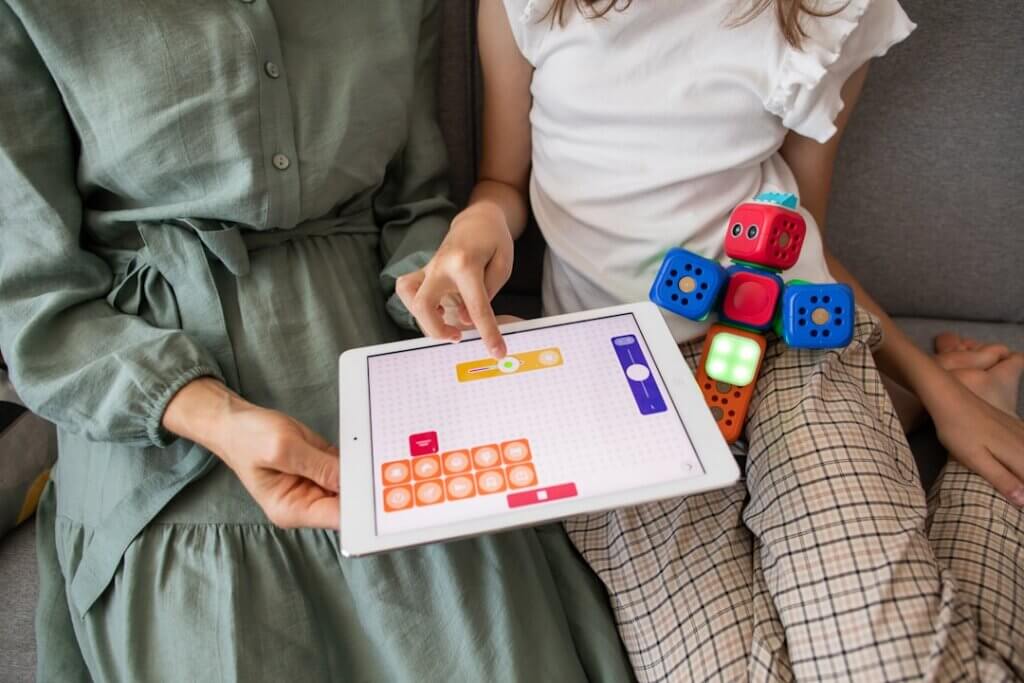
4. Global perspective and trends of STEAM education
With the continuous development of global education, STEAM education has become a high-profile trend. This educational approach emphasizes interdisciplinary integration, allowing students to gain a more comprehensive understanding of knowledge and skills during the learning process. Through STEAM education, students have the opportunity to develop innovative thinking and solve complex problems in modern society and workplace.
Gradually, more and more countries are realizing the importance of STEAM education in cultivating students' creativity, cooperation and problem-solving abilities. This educational method not only imparts knowledge to students, but more importantly helps them develop critical thinking and creative problem-solving skills. Therefore, countries have integrated STEAM education into the education system to ensure that students have the ability to cope with future challenges.
Here are some countries promotingExamples of STEAM education:
United States: For example, the STEM education strategic plan implemented by the Iowa state government in the United States has an monitoring group formed by scholars from three universities in the state to understand how teachers implement the plan in teaching and measure students' interest in STEM education or careers.
Singapore: The Singapore Ministry of Education has supported the development and promotion of STEM education in secondary schools since 2013, and has implemented the "STEM-related Applied Learning Program" (STEM ALP) in phases. Under STEM ALP, young experts use their experience in industry or research and development to co-design courses and teach with trainers and school teachers, thereby cultivating teachers' ability to teach alone in the future.
The efforts of these countries demonstrate the growing global emphasis on STEAM education, which recognizes that cultivating students’ innovative and problem-solving skills is critical to their future success. By continuously improving teaching methods and providing more resources, these countries hope to lay a solid foundation in STEAM education for students so that they can cope with future challenges and succeed.
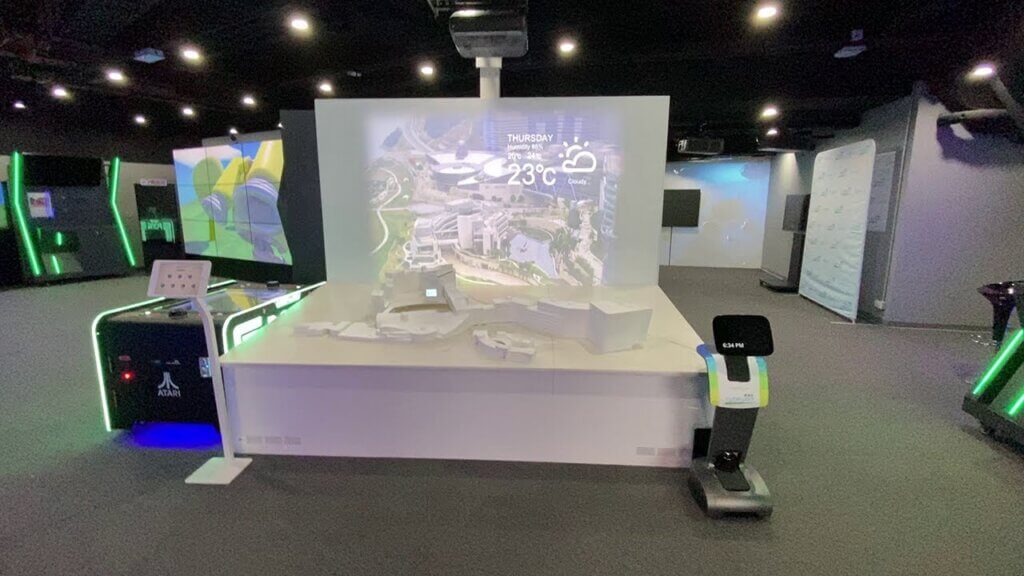
5. Design Hong Kong STEAM learning classroom
The Quality Education Fund Thematic Network "University-School Support Project" is committed to assisting junior high schools and primary schools in Hong Kong to implement a series of STEAM learning designs to improve students' science, technology, engineering, art and mathematics abilities. This plan is related to"Comprehensive independent learning to promote school STEAM curriculum" plan (2019-2024)The close cooperation aims to assist teachers in participating schools to practice STEAM teaching in the classroom. These educational examples highlight how to use independent learning as a teaching method to design courses in the STEAM discipline practice of engineering design and scientific exploration, and focus on the learning outcomes achieved by students in independent learning STEAM courses.
Examples of classroom practice:
Little four food and water Water quality detector (filtration) Wastewater Regeneration (Distillation) Portable water purifier
Xiaosi improves life/products Building anti-seismic device Umbrella water remover
6. STEAM education in Hong Kong
Hong Kong’s STEAM education has attracted much attention in the global education field.Education BureauRealizing the importance of promoting all-round learning and strengthening STEAM education, we would like toSubsidies for primary and secondary schools provide comprehensive learning support, to promote schools to promote STEAM education. The Education Bureau has developed indicators to regularly evaluate the effectiveness of subsidies in promoting STEAM education.
Launched by the Office of the Government Chief Information Officer"Secondary School IT Innovation Laboratory"plan and"More interesting IT knowledge"The project aims to promote the application of information technology in primary and secondary schools. As of November 2022, applications from more than 390 secondary schools and 260 primary schools have been received, of which nearly 730 applications from approximately 570 schools have been funded. The Education Bureau has evaluated the effectiveness of these two programs and will continue to actively promote relevant programs and assist more schools in applying for relevant funding.
The Chief Executive proposed the implementation of intensive program-based education in the upper grades of primary schools and the inclusion of innovation and technology learning elements such as artificial intelligence in junior high school curricula. The Education Bureau has launched a pilot scheme to provide subsidized primary schools with the flexibility to hire STEAM-related specialists as STEAM teachers.Help schools implement STEAM education. In addition, schools need to appoint coordinators to strengthen extracurricular STEAM education planning and provide professional training courses for teachers to enhance their ability to promote STEAM education.
7.Challenges facing STEAM education
according to2023 A Research SurveyIt is found that the development focus of Hong Kong’s STEAM education is gradually focusing on the field of information technology. The researchers learned from feedback to the teachers they interviewed that they most urgently need professional training in artificial intelligence, virtual/augmented reality, and interdisciplinary classroom design. This shift reflects the increasing demand for technology in today's society, and Hong Kong's education system also needs to keep up with this trend.
In the past, the government has been the main provider of STEAM education and training, although universities and post-secondary colleges are also widely regarded as high-quality training institutions. However, existing training content focuses on teaching how to use various technological tools and lacks interdisciplinary teaching design. This means teachers may encounter difficulties when designing interdisciplinary courses that incorporate innovative technologies. Therefore, educational institutions need to constantly adjust training content to meet the actual needs of teachers.
In order to further promote the development of STEAM education in Hong Kong, the research report puts forward a series of recommendations. First, "STEAM Education Teacher Training Guidelines" can be formulated to provide teachers with more comprehensive training content, including how to design interdisciplinary STEAM courses. Secondly, the "STEAM Mathematics and Physics Center" was established as a dedicated organization for STEAM education in Hong Kong. It is responsible for the compilation of teaching materials and curriculum support to assist teachers in solving difficulties in actual teaching. Finally, STEAM education coordinators and technicians are set up to reduce teachers’ lesson preparation burden and at the same time strengthen the connection between STEAM education in primary and secondary schools.
These suggestions will undoubtedly help improve the overall level of STEAM education in Hong Kong, help teachers better integrate innovative technologies, and provide students with a high-quality STEAM learning experience. This will help produce more students who are technologically sensitive and have interdisciplinary thinking skills. I believe that Hong Kong’s STEAM education will usher in more vigorous development in the near future.
Conclusion: The long-term impact of STEAM education on students and society
Overall, STEAM education has a profound impact on students and society.
It not only provides a comprehensive approach to learning that develops students' innovative thinking and problem-solving skills, but also helps prepare them for the 21st century workplace.
Despite facing some challenges, educators are working hard to overcome these difficulties to ensure that STEAM education can continue to bring more benefits to students and society.
··············································· ··············································· ··············································· ····················

Vinci AIis a leadingSTEM education institution,that focuses on providing artificial intelligence courses,Programming coursesandSTEM courseto primary and secondary school students.Our goal is to increase AI literacy and improve the learning experience.
Business includes on-campus courses,Teacher training,STEM Daywait. With a team of university lecturers and doctoral level experts, our courses are recognized by scientific research institutions. Choose Yunsi Intelligence to open up a future full of innovation and exploration for your children.
IG:Vinci.ai
FB: VINCI AI Yunsi Intelligence
Whatsapp:+852 9738 2471
